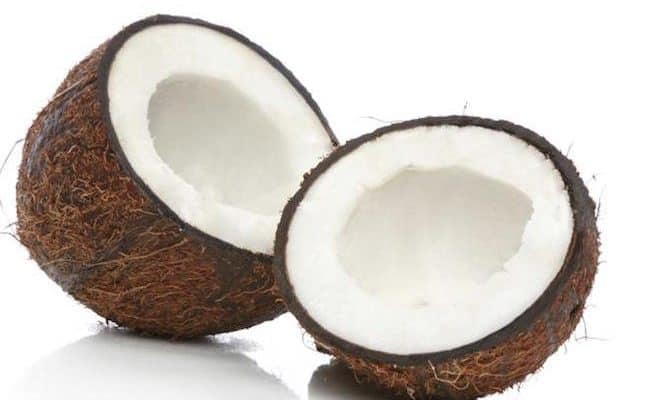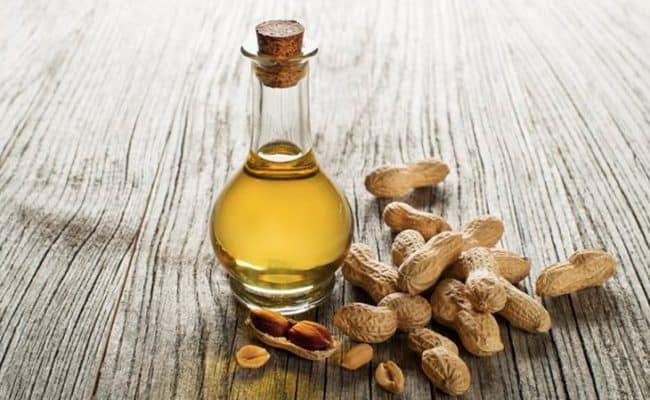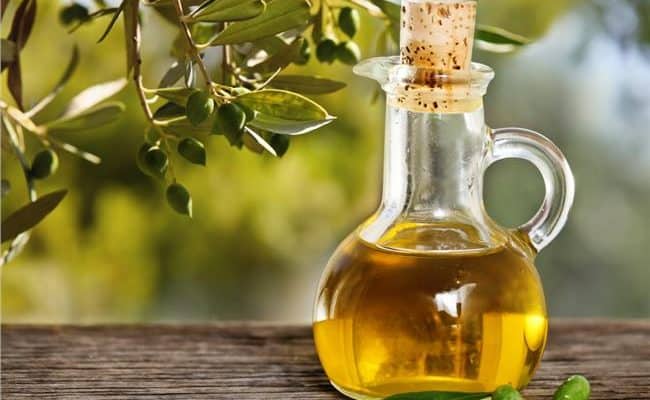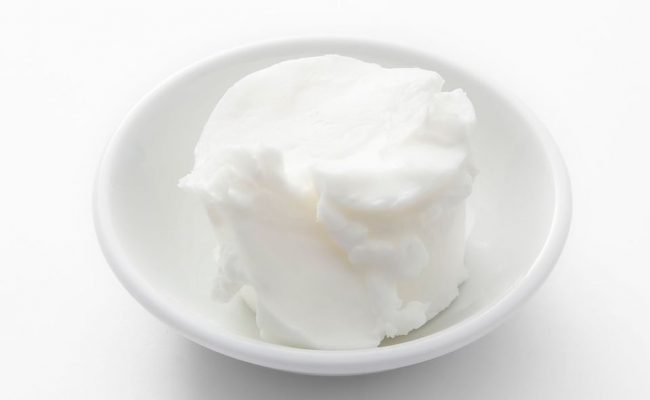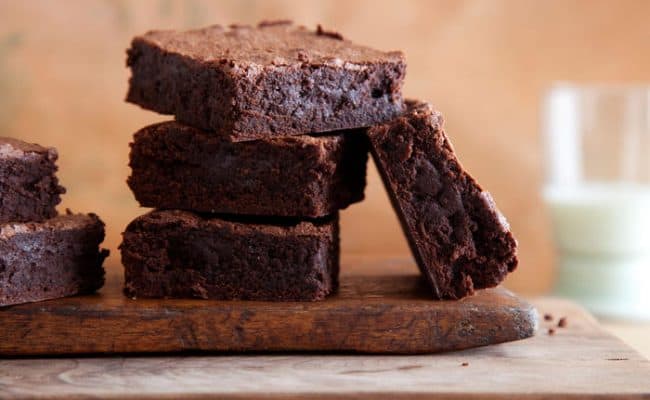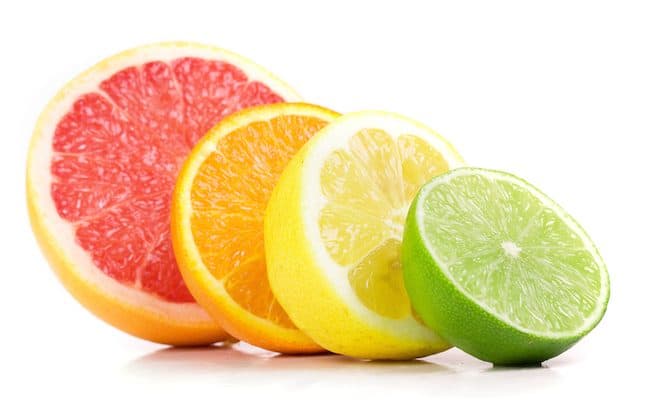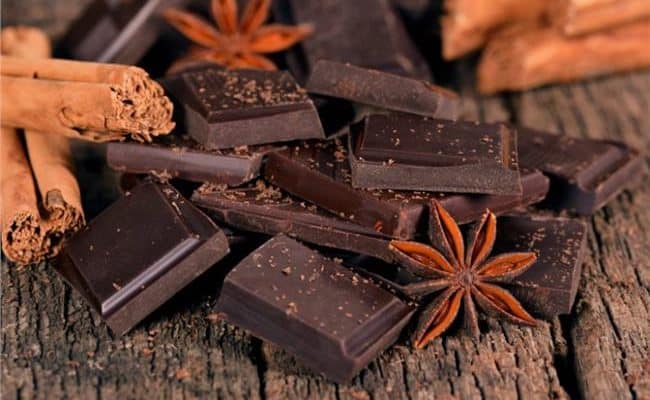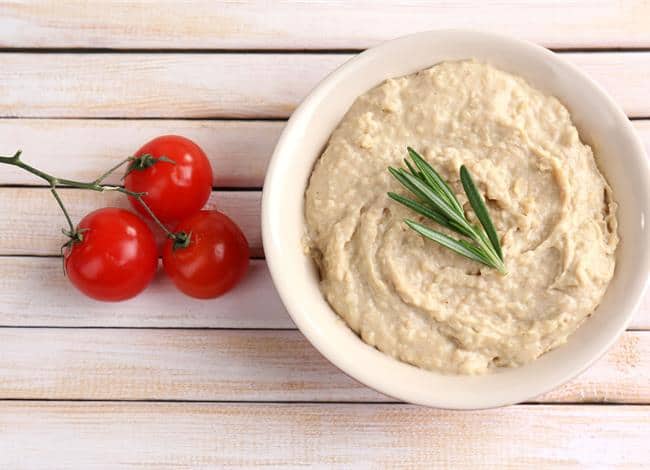
Hummus has traditionally been eaten in Middle Eastern cultures for centuries, and recently this dip is becoming more and more popular in other parts of the world. There are variations on how to make hummus, but traditionally it is made by blending chick peas, olive oil, garlic, tahini and olive oil together.
These foods on their own are rich in many antioxidants, vitamins, minerals and fiber, so it makes sense hummus offers many nutritional benefits.
Hummus can be considered a good diet food because it is balanced with protein, fiber, heart healthy fats and many other nutrients.
However, like any other food, it should be eaten within the recommended portion size and with a variety of other foods.
Packaged hummus options are growing, but making your own hummus is a cheap, easy and nutritious way to enjoy using hummus in a variety of ways.
Full of fiber
Chick peas like other legumes are full of fiber. A serving of 100 grams of cooked chick peas is about 160 calories with 8 grams of fiber. Since chick peas are the main ingredient for hummus, hummus also is a source of fiber (1).
If the hummus is made with other fiber sources like roasted peppers or sun dried tomatoes, this will also add fiber content to the hummus.
Eating a diet high in fiber can be helpful for weight loss. Eating foods high in fiber can help you feel satisfied and may help keep blood sugar levels stable after eating. Eating a high fiber meal may actually help you eat less later on in the day.
A serving size of 3 tablespoons of hummus provides around 75 calories and provides about 3-4 grams of fiber.
To increase the fiber content of a snack or meal using hummus, pair hummus as a dip with some cut up vegetables or as a spread on a sandwich piled with veggies and using whole grain bread.
Protein source
Besides fiber, protein is another nutrient that can help keep you feeling satisfied after eating it. Eating a balance of protein and fiber can help keep you satisfied and may help with weight loss.
A cup of chickpeas provides about 15 grams of protein. A serving of about 3 tablespoons of hummus provides about 3-4 grams of protein.
While the amount of protein from hummus isn’t really high, you could bump up the protein content of hummus.
Substituting Greek yogurt or nut butter for tahini can help bump up the protein content of hummus. Using a small amount of hummus, for example in a salad, could also bump up the fiber and protein content of a meal.
You can also make hummus with other legumes like black or white beans. Edamame hummus will also have a higher protein content because edamame, or soy beans, are high in protein.
Pair with veggies or whole grains
Eating hummus plain is not appetizing to most people; hummus is usually thought of as a dip or spread. Paring hummus with the right foods can be a helpful tip for weight loss.
Pairing hummus with cut veggies and whole grains is recommended over using hummus as a dip for refined, processed snacks like pretzels or saltine crackers.
Part of the Mediterranean diet
Maybe the best way to incorporate hummus into your diet plan is by eating as part of the Mediterranean diet. The Mediterranean diet is high not only with fruits and vegetables but also olive oil, nuts, legumes and whole grains.
Red meat and sweets are eating sparingly, but fish and poultry are eaten in moderation.
Hummus fits right into a Mediterranean diet. Eating hummus as part of a Mediterranean diet could have benefits for lowering risk for certain diseases and even overall mortality according to some research.
A Mediterranean diet has been ranked as one of the most likely lifestyles to lower risk for heart disease (2).
The Mediterranean diet may also help with weight loss, lowering cholesterol, lower risk for Alzheimer’s even help lower risk for some types of cancer (3).
What you eat besides the hummus is important; don’t expect to slather anything with hummus and call it a health food!
What portion control
A caution with hummus, or any dips: it is easy to eat large quantities of them in one sitting. Dipping directly into the hummus container can make it hard for the brain to keep track of how much you really ate and make it more likely to over eat.
Instead of dipping directly into the container, portion out a serving size onto your plate. Put your veggies or whole grain crackers on your plate and eat off of the plate.
Check ingredients
Not all hummus’ are made the same. Especially some commercially made brands could slip in extra ingredients that really aren’t necessary. Making your hummus at home can be more affordable and you can control what is going into the hummus.
To make to-go options easy, put anywhere from 2-4 tablespoons in individual servings with cut up veggies or whole grain crackers for an easy snack option.
Conclusion
Hummus is made from quality, nutrient dense staples: chickpeas, olive oil, tahini and garlic. These ingredients on their own are packed with beneficial nutrients, so when combined together in hummus it can create a nutrient dip.
What you pair the hummus is important. Avoid pairing hummus with processed, refined snacks. Instead use whole grain or vegetable options to bump up the fiber and antioxidant value.
Hummus provides both fiber and protein, which can be key components for helping you to feel satisfied. A caution with hummus: watch your portion size. It can be easy to go through a large amount of hummus in a short period of time if you’re mindlessly munching.
Hummus fits right into the Mediterranean diet which has been shown to have benefit for heart health and lowering risk for some chronic diseases.
